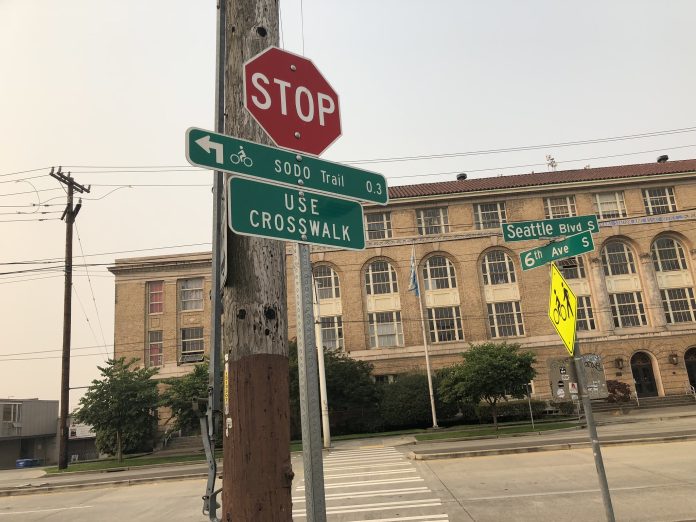
When voters approved Seattle’s nine-year transportation levy in 2015, they were choosing whether the city should invest in a very specific list of transportation projects, from street repaving to protected bike lanes to blocks of new sidewalks. That suite of projects has evolved over the past six years, with higher-than-expected costs and federal grants that failed to materialize impacting how close to achieving those promises the City expects it will get. In 2018, the Durkan administration completed a full re-examination of the levy’s portfolio, resulting in scaled-back targets in many programs. Additional impacts to city revenue sources from Covid-19 in 2020 also had repercussions on the levy’s portfolio.
For many months now, the Move Seattle Levy Oversight Committee has been working with the Seattle Department of Transportation (SDOT) on a set of criteria for updating that portfolio: looking at which categories are projected to come in with fewer deliverables than were promised, and how any added projects would be prioritized if funds became available. Last week, SDOT presented an initial proposal to that committee for utilizing an array of funding sources, some guaranteed and some less-than-certain, to bolster levy goals. When the Mayor’s 2022 proposed budget came out, it didn’t contain any proposals to significantly increase levy deliverables: this proposal here gets much closer.
The criteria that the committee settled upon were: prioritizing projects that “advance opportunities in BIPOC [Black, Indigenous, and people of color] communities and minimize harm,” further citywide goals around Vision Zero, climate, equity, and asset management, and are able to be completed by the end of the levy in 2024.
The project list that has resulted includes a major repaving project on a RapidRide corridor, 19 blocks of new permanent sidewalks, 22 blocks of sidewalk repair, and several key bike projects that would fill in gaps in the city’s bike network. The RapidRide corridor is 15th Avenue NW, which carries RapidRide D. Also, Route 40 briefly uses 15th Avenue NW (but not the segment getting repaved) before it turns into Holman Road and had been a RapidRide+ corridor in the original Move Seattle plan before being scaled back to lesser improvements. Design work would also be completed on a few other bike projects that could be ready to go if Seattle were to pass a new transportation levy.
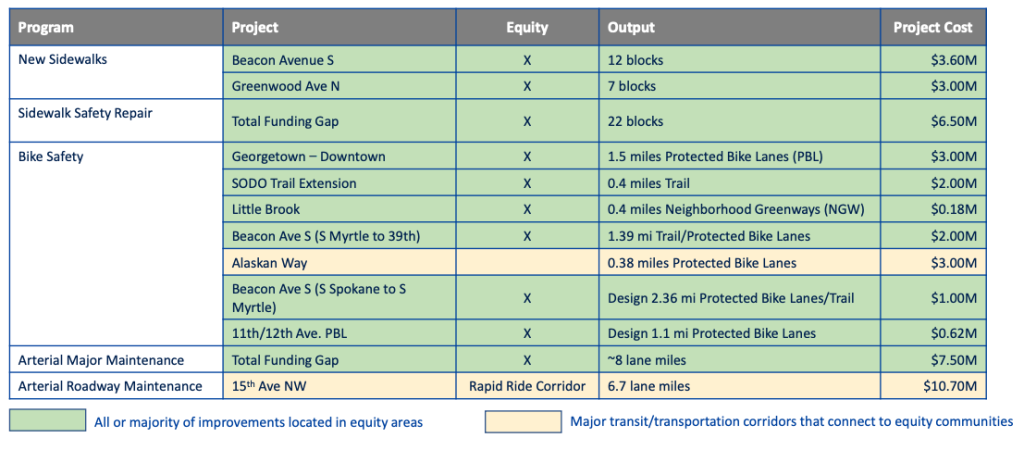
In addition to the bike facilities listed here, SDOT also proposes to build 8 miles of new neighborhood greenways using funds from school zone speed cameras. They also propose using some additional camera money to pay for additional Safe Routes to Schools projects that aren’t greenways. That proposal for approximately $10 million in camera revenue is dependent on the city installing new cameras and those cameras generating the revenue that the city expects to see from them.
Where would the funding for the rest of the projects come from? Some sources are fully secured, like cost savings from the Lander Street overpass, and rosier projections for other city revenue sources that will cause fewer property tax dollars to be tapped for SDOT operations and maintenance. Other sources are very likely, such as increased interest from the Move Seattle fund levy balance, and others still are just seen as likely, including extra funds left over from the Fairview and John Lewis Memorial bridge projects. Overall, this amounts to an additional $52.5 million expected through 2024, separate from the school camera revenue.
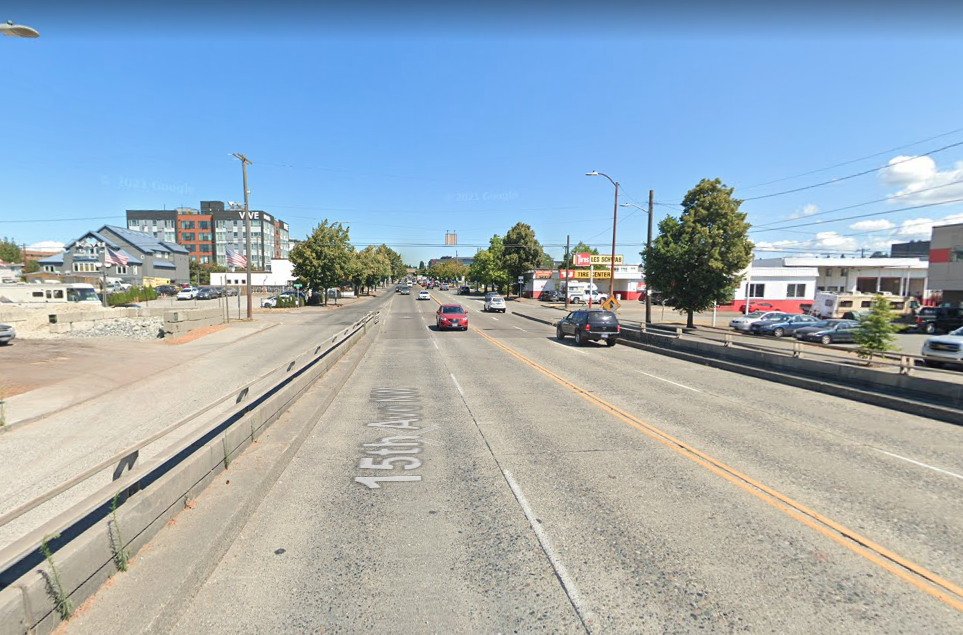
This process is a separate one from the annual budget process underway right now, but since it is impacted by the entire levy portfolio, they are tied together. The 2022 spending plan proposed for the $20 vehicle license fee (VLF) that the city council approved earlier this year would invest around $8 million in a variety of SDOT programs, including sidewalk repair and Vision Zero corridors. If the council decided to modify that, the funds available here might have to go to bolstering existing programs and this project list could be in jeopardy.
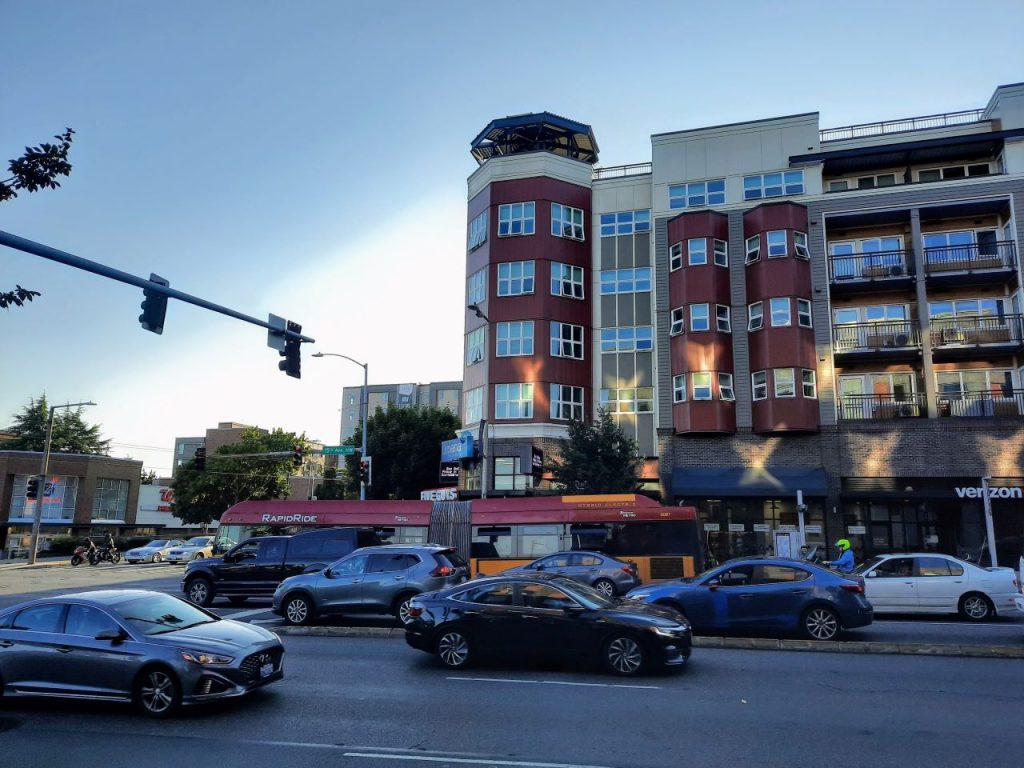
Councilmember Alex Pedersen has suggested revisiting the idea of issuing $100 million in bonds to be repaid by future VLF revenues. According to SDOT, this would cost the department $169 million over 20 years, and limit the types of projects that bond revenues can be spent on. It is City policy that debt can only fund capital improvements that last longer than the bond — in this case 20 years.
Presenting this proposal to the oversight committee, SDOT staff showed this chart that itemizes how much closer the impacted programs would be to their levy goals if all of these projects came to fruition. The Sidewalk Safety Repair and Arterial Major Maintenance programs would be the only ones to hit their original 2015 targets, but all would move significantly closer to them. It’s important to note that the new sidewalk program’s targets have never changed, though the type of deliverable has: temporary, low-cost pathways have replaced many blocks of planned permanent sidewalks: these additional permanent arterial sidewalks will get the program closer to what was promised voters.
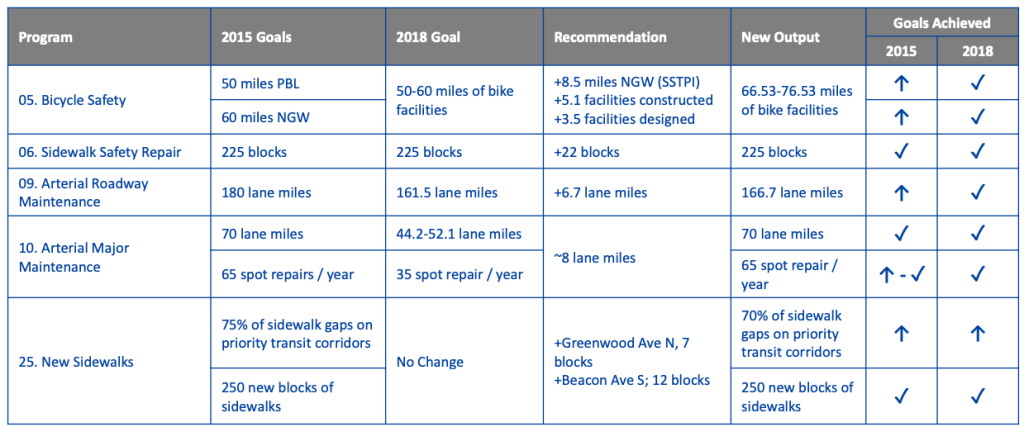
There are still a lot of outstanding questions regarding this proposal, particularly when it comes to how the slate of bicycle safety projects were selected. Last week the Bicycle Advisory Board, which generally has a heavy hand in helping SDOT select which projects go into its bike master plan implementation schedule, wanted more information. The project list may be slightly tweaked before it’s finalized by the end of the year. It remains unclear how the proposal will be received once it gets to city council in early 2022.
From what we’ve seen of the proposal so far, this looks like a great way to utilize new and unspent revenue in a way that aligns with what the voters affirmatively said they want when they filled the bubble for Move Seattle back in 2015.
Ryan Packer has been writing for The Urbanist since 2015, and currently reports full-time as Contributing Editor. Their beats are transportation, land use, public space, traffic safety, and obscure community meetings. Packer has also reported for other regional outlets including BikePortland, Seattle Met, and PubliCola. They live in the Capitol Hill neighborhood of Seattle.

